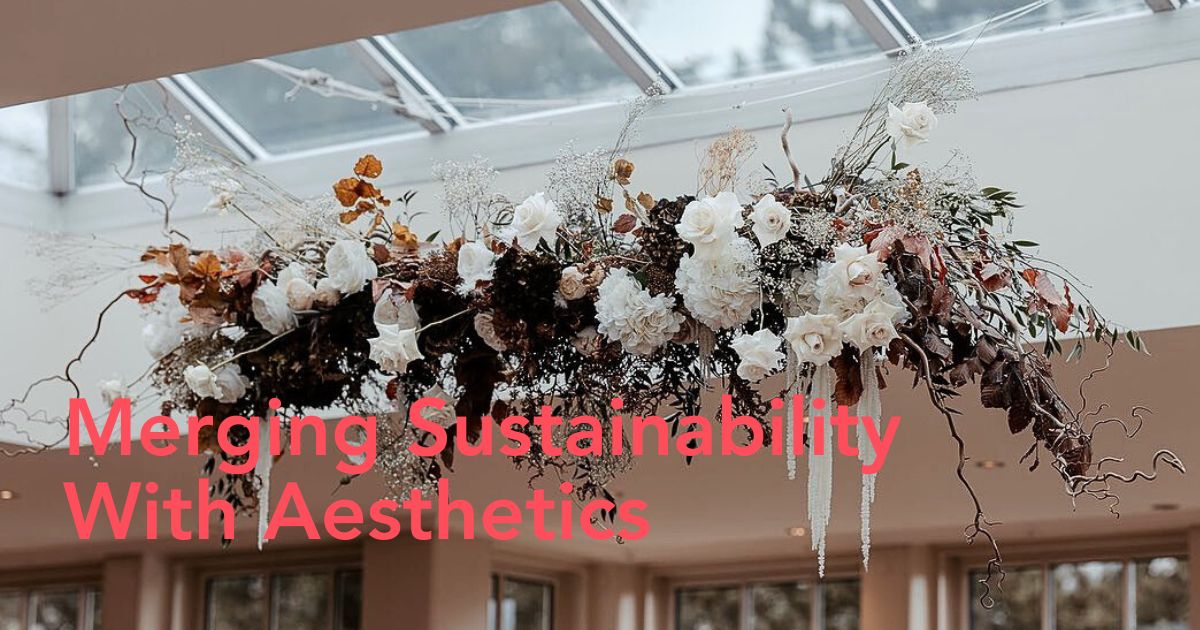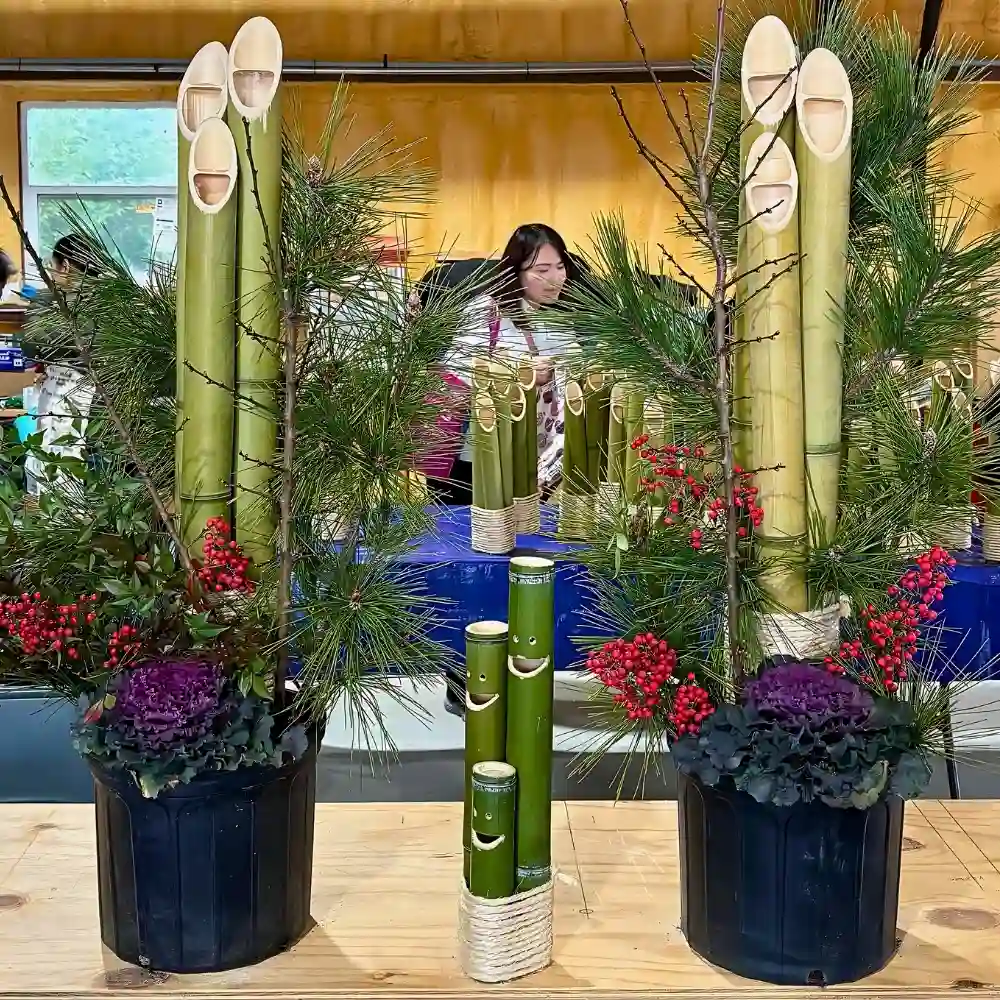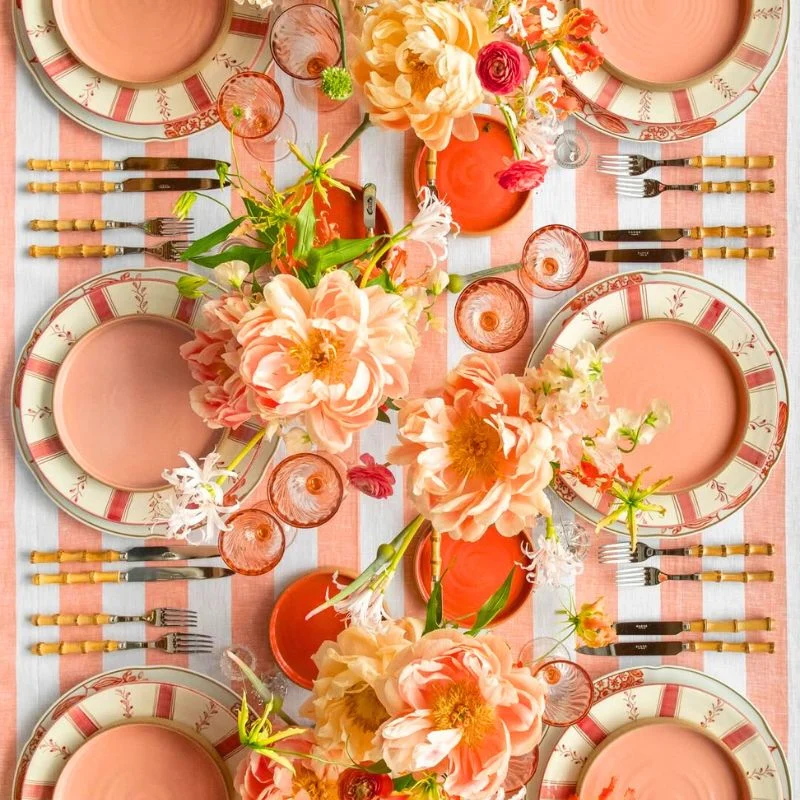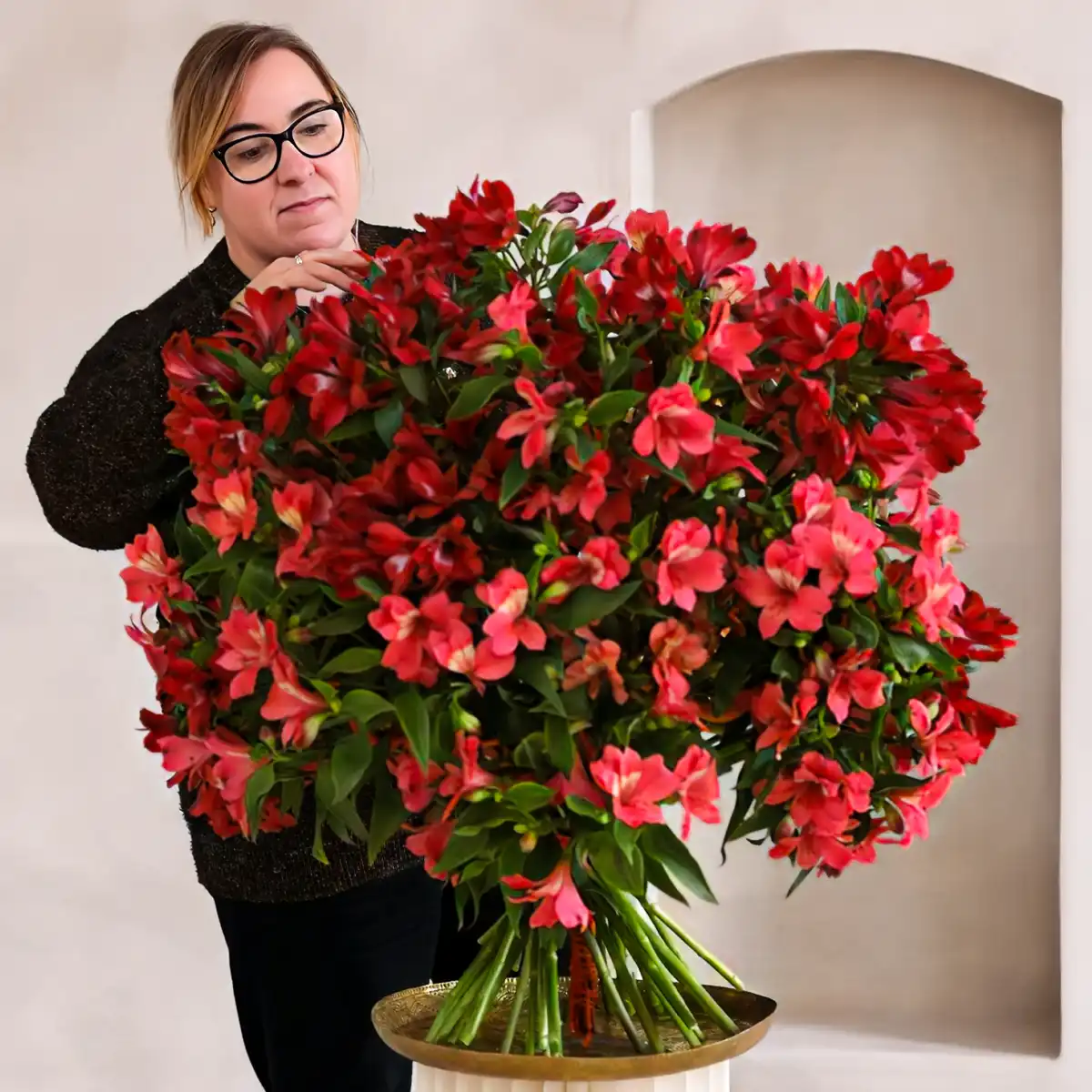Creating spaces that balance sustainability with aesthetic appeal isn't just a trend—it’s a necessity. As we face growing environmental challenges, our choices in design have the power to reduce our ecological footprint while still reflecting beauty and functionality. Whether it’s a cozy home or a bustling office, sustainable design ensures that we’re making mindful decisions for the planet without compromising on style.
By incorporating eco-friendly materials, energy-efficient solutions, and innovative design principles, we can craft spaces that are both visually stunning and environmentally responsible. According to the U.S. Green Building Council (USGBC), sustainable design not only benefits the environment but also enhances well-being and productivity. It's clear that merging sustainability with aesthetics is no longer a compromise—it’s the future of modern design. You can also read Designing Your Own Shade Sail and Complementing With Outdoor Plants

Understanding Sustainable Design
Sustainable design integrates environmental responsibility with functionality and visual appeal, reducing waste and conserving resources. It connects innovation with ecological stewardship to create spaces that are both efficient and inviting.
Key Principles of Sustainability in Design
Sustainable design prioritizes energy efficiency, resource conservation, and environmental harmony. Using renewable materials like bamboo or recycled wood reduces dependency on non-renewable resources. Implementing energy-efficient solutions, such as LED lighting and proper insulation, minimizes energy consumption. Adaptive reuse of materials and spaces prevents waste while preserving architectural integrity. Effective thermal solutions, like fiberglass insulation in metal structures, optimize energy retention, particularly in industrial and commercial settings. Design choices must also focus on maintaining indoor air quality and minimizing pollutants to support a healthier living environment.
The Role of Aesthetic Appeal in Modern Spaces
Aesthetic appeal enhances the functionality of sustainably designed spaces by balancing usability with visual harmony. Thoughtful material selection, like natural stone or eco-friendly fabrics, improves both durability and style. Symmetry, color palettes, and organic patterns create calming, visually stimulating environments. For offices, ergonomic furniture and cohesive designs boost creativity and workflow. In residential settings, incorporating nature-inspired elements ensures comfort and timeless elegance. When sustainability aligns with aesthetic values, it achieves spaces that are efficient and pleasing, ensuring long-term satisfaction and adaptability.
Balancing Sustainability and Aesthetics
Creating spaces that merge sustainability with aesthetics demands a careful balance of material selection, functional design, and visual harmony. Each element should contribute to both environmental responsibility and timeless appeal.
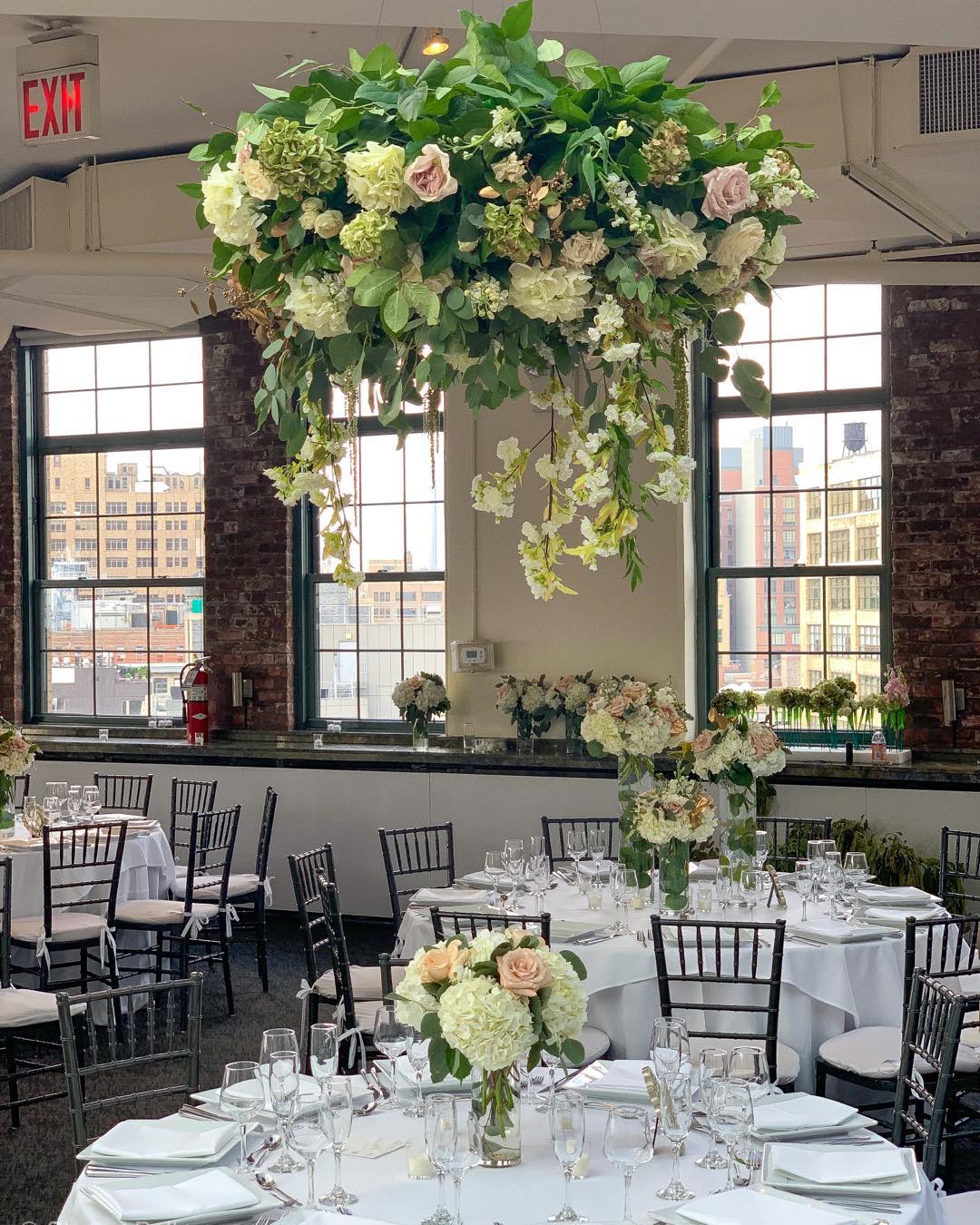
Material Selection and Eco-Friendly Choices
Selecting sustainable materials is crucial for minimizing environmental impact while ensuring durability and beauty. Renewable options like bamboo, reclaimed wood, and recycled metals align with eco-conscious practices. Fiberglass insulation in metal structures can improve energy efficiency and reduce heat transfer, making it a practical and sustainable choice. Low-VOC paints and finishes enhance air quality while preserving desired color palettes. Incorporating locally sourced materials reduces carbon emissions associated with transportation and supports regional economies. The right choices create a foundation that is both environmentally friendly and visually appealing.
Harmonizing Functionality With Visual Elegance
Blending practical functionality with aesthetic appeal ensures that every space serves purposefully without compromising on design. Open floor plans with natural lighting enhance space utility while reducing electricity usage. Functional elements, such as energy-efficient windows or solar-integrated roofs, can be seamlessly integrated into contemporary or minimalist styles. Furniture that combines ergonomic design with sustainable production enhances both comfort and visual cohesion. By giving equal priority to usability and form, we create spaces that fulfill everyday needs while maintaining their artistic charm.
Innovative Techniques in Sustainable Design
Designing sustainable spaces requires inventive approaches that integrate ecological responsibility with modern aesthetics. By leveraging renewable resources and advanced green technologies, we can create spaces that align beauty with sustainability.
Utilizing Renewable Resources
Renewable resources play a central role in reducing the environmental footprint of design. Materials like bamboo, cork, and reclaimed wood provide durability and aesthetic versatility while maintaining ecological balance. These materials not only reduce reliance on finite resources but also contribute to reducing waste through their reusable nature.
Incorporating plant-based materials and natural fibers enhances air quality and promotes eco-friendly living. For example, using decorative wood panels from sustainable forests or indoor plants adds a natural appeal while supporting renewable practices. Minimal processing of these materials ensures lower energy consumption during production. Consistently prioritizing renewable resources fosters a harmonious blend of sustainability and design.
Incorporating Green Technologies
Green technologies optimize energy efficiency and resource management in design. Installing solar panels or integrating smart lighting systems reduces energy consumption and enhances functionality in both residential and commercial spaces. Energy-efficient HVAC systems ensure temperature regulation with reduced carbon emissions.
Advanced fiberglass insulation in metal structures improves thermal efficiency, reducing energy demand. Incorporating living walls and rooftop gardens enhances insulation, lowers cooling requirements, and adds aesthetic value. Automation, through smart thermostats or motion-sensor lighting, further supports energy savings. Green technologies help create functional, visually appealing spaces with a strong sustainability foundation.
Challenges in Designing Sustainable Yet Attractive Spaces
Balancing sustainability with aesthetic appeal presents unique challenges in modern design. These challenges often require creative solutions to meet functional needs without compromising visual harmony. Here you can read an article on Tips on Designing Your Indoor Garden
Overcoming Budget Constraints
Sustainable materials and technologies often come with higher upfront costs, complicating budget management. Renewable resources like bamboo, reclaimed wood, and cork are eco-friendly options, but their initial investment may outpace traditional materials. Incorporating cost-effective designs, such as energy-efficient layouts or using fiberglass insulation in metal structures, can offset expenses by reducing long-term energy consumption. For homeowners seeking to maintain these eco-friendly spaces, deep house cleaning services can ensure that sustainable materials and finishes are preserved and cared for properly, extending their lifespan and maintaining their aesthetic appeal.
We focus on prioritizing high-impact sustainable features while identifying areas where cost-saving alternatives can maintain design integrity. For example, combining natural materials with innovative construction techniques can optimize expenses and create durable, appealing spaces. Budget-conscious solutions like modular designs or repurposed furnishings also support sustainability without sacrificing aesthetics.
Addressing Client Expectations
Meeting diverse client preferences while emphasizing eco-friendliness requires precise communication and adaptability. While many clients value sustainability, others may prioritize visual appeal or specific functionalities. Bridging these priorities involves showcasing how sustainable solutions, like living walls or rooftop gardens, enhance both aesthetic value and environmental impact.
We ensure clients understand the benefits of green technologies and renewable materials through transparent presentations and examples. Highlighting dual-purpose features like energy-efficient windows or multi-functional layouts helps align client goals with sustainable design principles. By tailoring solutions to reflect individual preferences, we balance ecological responsibility with client satisfaction.
Real-World Examples of Sustainable and Aesthetic Spaces
Designs that merge sustainability with aesthetic appeal are transforming spaces across various sectors, from residential homes to commercial environments. Here are standout examples that showcase this integration.
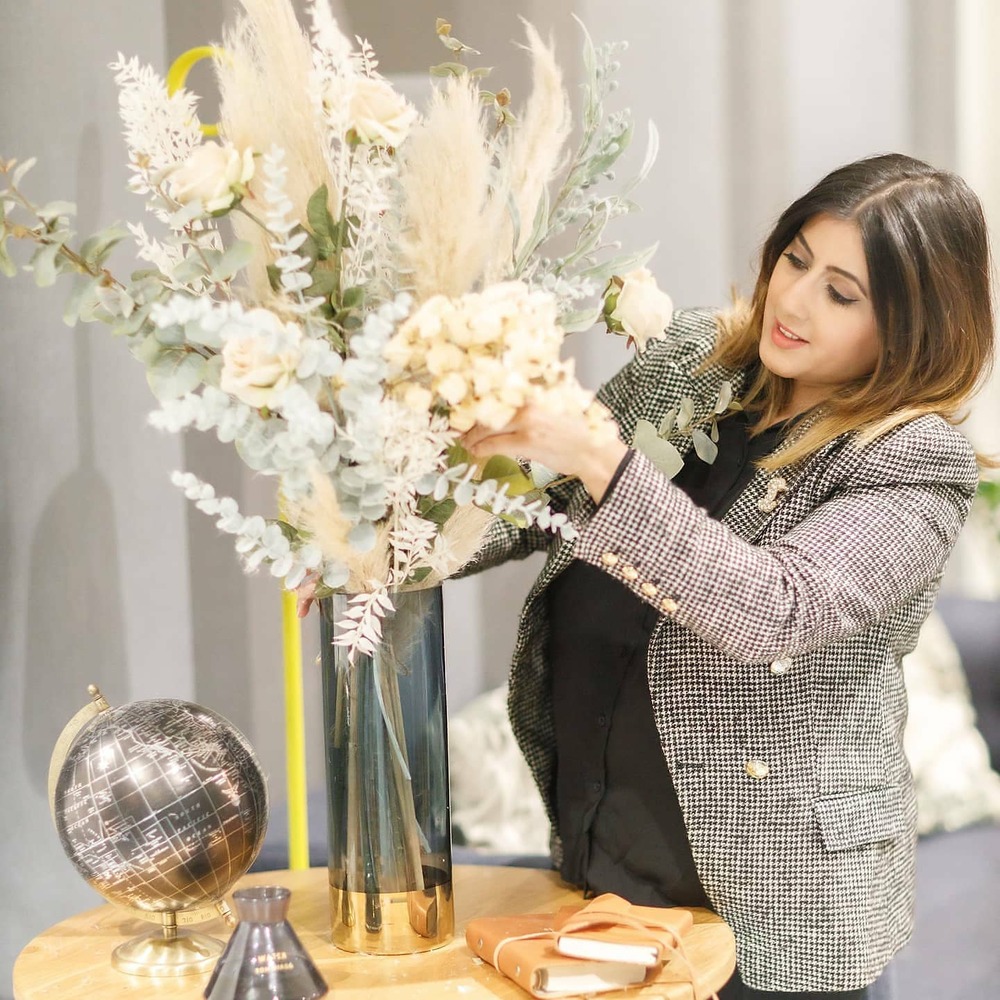
Residential Projects
Sustainable residential designs often prioritize eco-friendly materials and energy-efficient solutions. For example, homes featuring reclaimed wood floors and bamboo cabinetry combine durability with visual warmth. Fiberglass insulation in metal structures enhances energy efficiency while maintaining sleek, modern aesthetics. Passive solar designs, including strategically placed windows and insulated walls, reduce energy consumption and maximize natural light.
In addition, rooftop gardens bring both insulation benefits and green aesthetics to urban homes. Water-efficient fixtures and rainwater harvesting systems further emphasize resource conservation. These elements not only make homes sustainable but also create spaces that are inviting and visually impressive.
Commercial and Public Spaces
Commercial and public spaces often serve as pioneering grounds for sustainable innovation. Large office buildings with living walls and smart glass systems balance energy efficiency with striking design. Green roofs in public institutions provide insulation benefits while offering a visually appealing way to reduce urban heat.
LEED-certified spaces like coworking hubs or sustainable retail stores integrate energy-efficient HVAC systems with open layouts to promote functionality and aesthetic harmony. Urban parks and plazas using reclaimed materials for seating and pathways highlight eco-conscious design while maintaining a modern look. These examples illustrate how sustainability and aesthetics can go hand in hand for impactful commercial and public environments.

